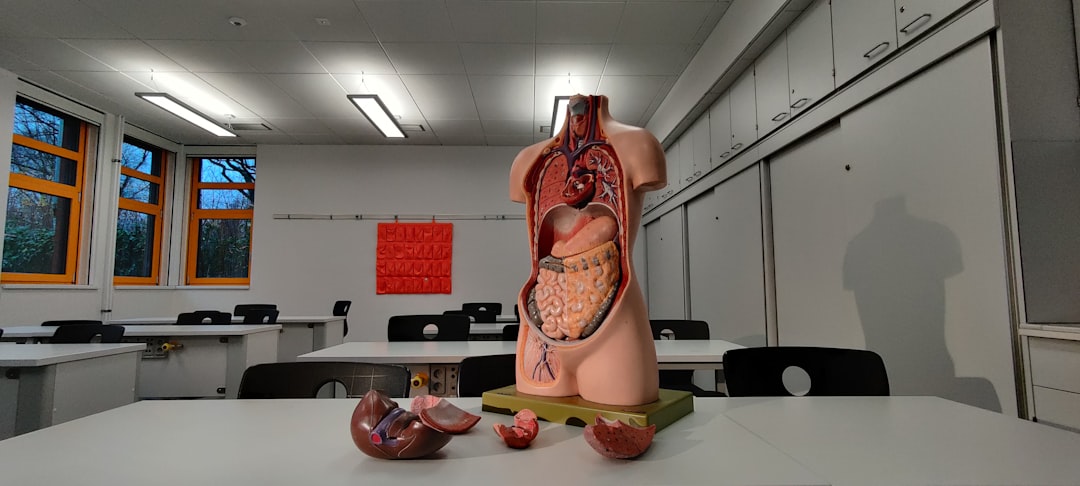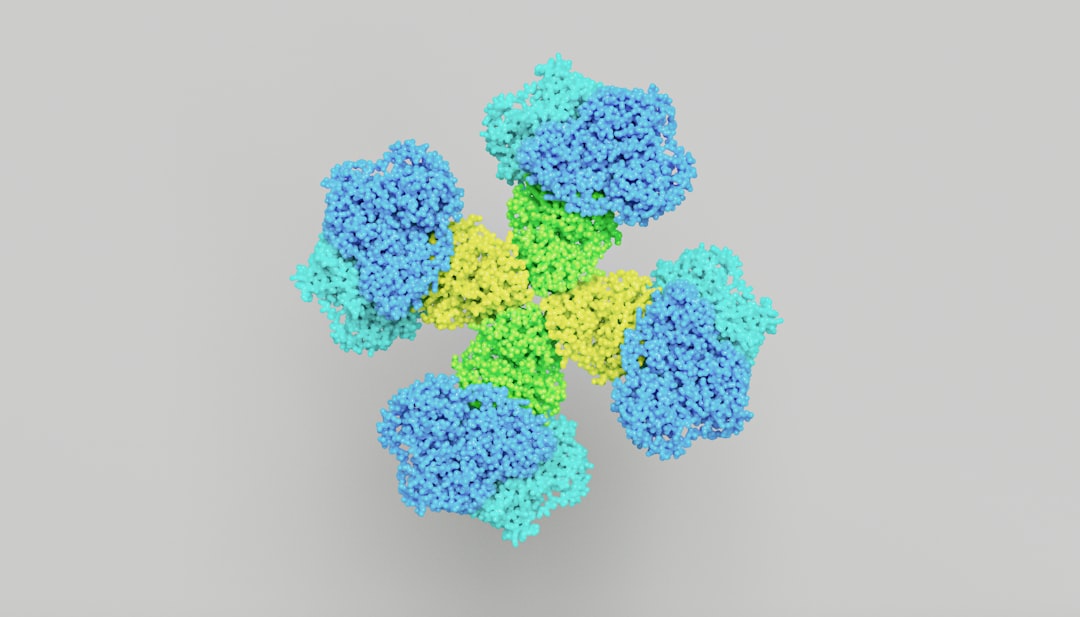What is it about?
The crystal structure of a material describes how the atoms of that solid arrange themselves in space. This arrangement determines the properties of the material. For example, diamond and graphite are both composed only of carbon atoms, but their different crystal structures give them opposite properties: diamond is transparent and insulating, while graphite is opaque and conductive. Zinc sulfide (ZnS) is a compound well known to physicists, in particular for its phosphorescent properties. This material can exist in principle under many crystalline phases, but some are not stable, and therefore have never been observed in the bulk material. On the other hand, at the scale of nanostructures such as nanowires, they can be produced using crystal growth means and techniques from semiconductor science. Interestingly, in the case of 1D nanostructures, polytypism can arise due to the particular growth mode below a catalyst droplet, which may induce different stacking sequences along the length of the nanowire.
Featured Image

Photo by Markus Spiske on Unsplash
Why is it important?
The occurrence of different crystal structures is highly expected in ZnS nanowires with the tuning of growth parameters. As the electronic band structure varies with crystal structure, the achievement of new phases in semiconductors would pave the way to novel physics and original applications.
Perspectives
Our technique made it possible to produce a new crystalline phase of ZnS, called 15R. This phase could pave the way for the study of new properties of this semiconductor, for original applications in optics and nanotechnologies.
Sumit Kumar
Universite Versailles Saint-Quentin-en-Yvelines
Read the Original
This page is a summary of: Induced structural modifications in ZnS nanowires via physical state of catalyst: Highlights of 15R crystal phase, Nano Research, June 2021, Tsinghua University Press,
DOI: 10.1007/s12274-021-3487-8.
You can read the full text:
Contributors
The following have contributed to this page










